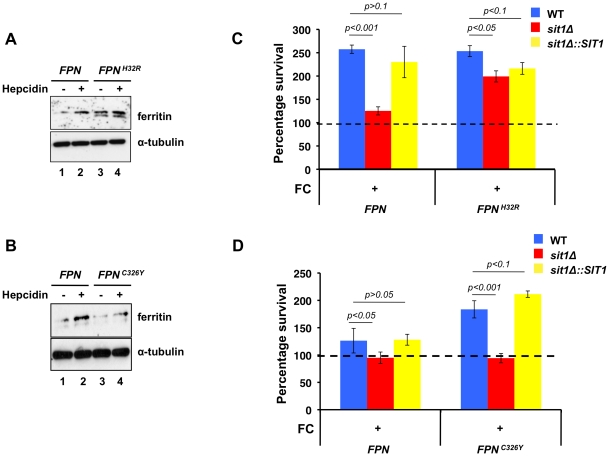Figure 4. Macrophage models of Fe homeostasis disease modulate survival of C. glabrata and dependence on siderophore Fe.
A J774A.1 cells stably expressing FPNH32R are chronically Fe-loaded. J774A.1 stably expressing either wild type FPN or FPNH32R were grown in the presence or absence of hecidin for 24 hours. Intracellular labile Fe levels were monitored by evaluating H- and L-ferritin levels through immunoblotting. B J774A.1 cells expressing FPNC326Y are compromised for Fe accumulation in the presence of hepcidin. J774A.1 stably expressing either wild type FPN or FPNC326Y were grown in the presence or absence of hepcidin for 24 hours. Intracellular Fe status was monitored by evaluating H- and L-ferritin levels. C Dependence on Sit1-mediated siderophore utilization for C. glabrata survival is reduced in macrophages expressing FPNH32R. Stable cell lines expressing the wild type and FPNH32R allele were infected with C. glabrata and CFU quantitated after 18–24 hours of co-culture. Results are shown as survival relative to wild type C. glabrata grown under Fe deficiency represented by a dashed line. Data were analyzed with use of one-way ANOVA. D Hepcidin insensitivity of the iron-deficient FPNC326Y allele imposes a greater dependence on siderophore-Fe when compared to the more Fe-loaded macrophages expressing the wild type FPN allele. Stable cell lines expressing the wild type and FPNC326Y allele grown in the presence of hepcidin were infected with C. glabrata and CFU counted. Results are shown as survival relative to wild type C. glabrata grown under Fe deficiency represented by a dashed line. Each experiment included 6 replicates per experimental sample. Results are shown as mean survival compared to the wild type grown in the absence of ferrichrome supplementation and are representative of at least 3 experiments. Bars represent the standard error. Data were analyzed with use of one-way ANOVA.

